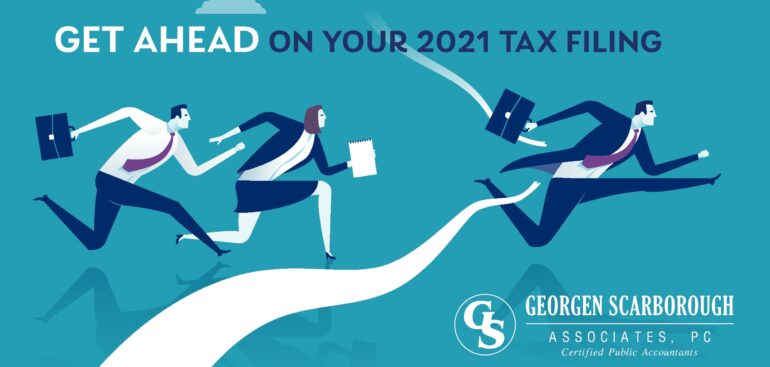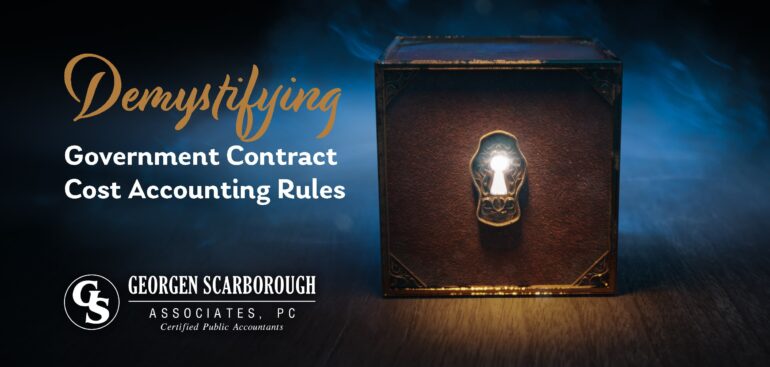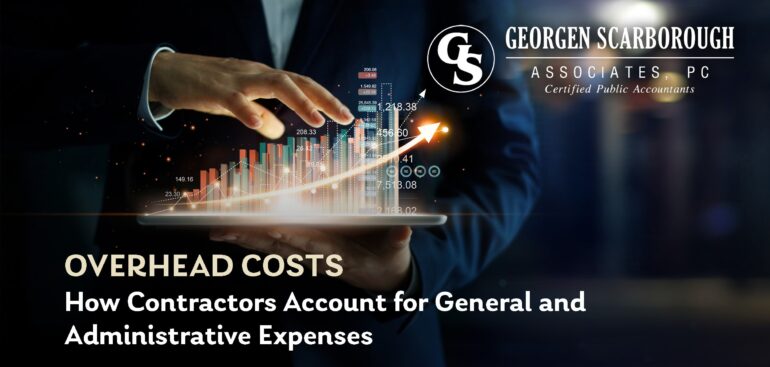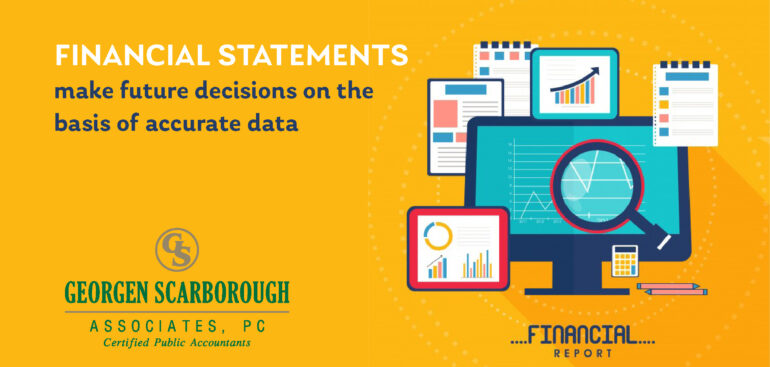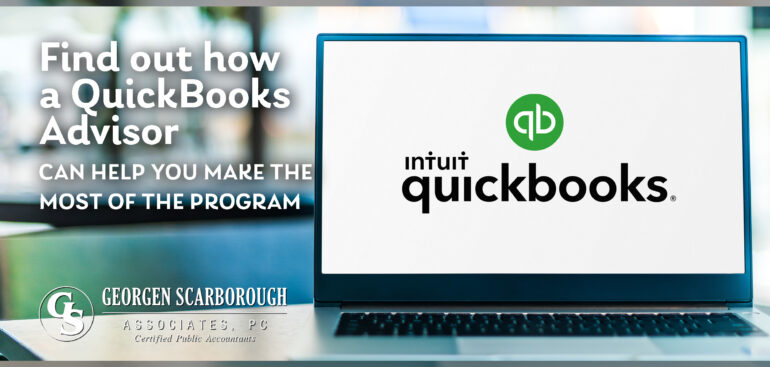Sole proprietors, partners, and S corporation shareholders should make estimated tax payments if they expect to owe $1,000 or more when their return is filed. However, many people are uncertain how to go about figuring out their estimated taxes for a given year, let alone paying them. Here is a simple guide to determining your estimated taxes for 2023.
Estimating tax using Form 1040-ES
Most individuals use Form 1040-ES to determine their estimated taxes. It is a fairly simple calculation, provided you can provide all of the following:
- Expected adjusted gross income
- Deductions
- Taxable income
- Taxes
- Credits
You can use your income, deductions, and credits for the prior year as a starting point, referring back to the federal tax return you previously filed. Form 1040-ES includes a worksheet that you can use to figure out your taxes, based on these amounts. You need to estimate the amount of income you expect to receive for the coming year. If your estimated amounts are too high or too low, you can always complete another Form 1040-ES in the following quarter, adjusting the estimates you previously made. It is best to try to make your estimations as accurate as possible, however, in order to avoid penalties.
C-Corporations can follow a similar procedure, except that they use Form 1120-W.
If you are not comfortable estimating your taxes and completing your Form 1040-ES, or if you run a business and would like to outsource your accounting and tax functions to qualified, certified accountants, contact Georgen Scarborough. We are a firm of CPA’s in Vienna, VA, and we will be happy to handle your estimated tax calculations.




